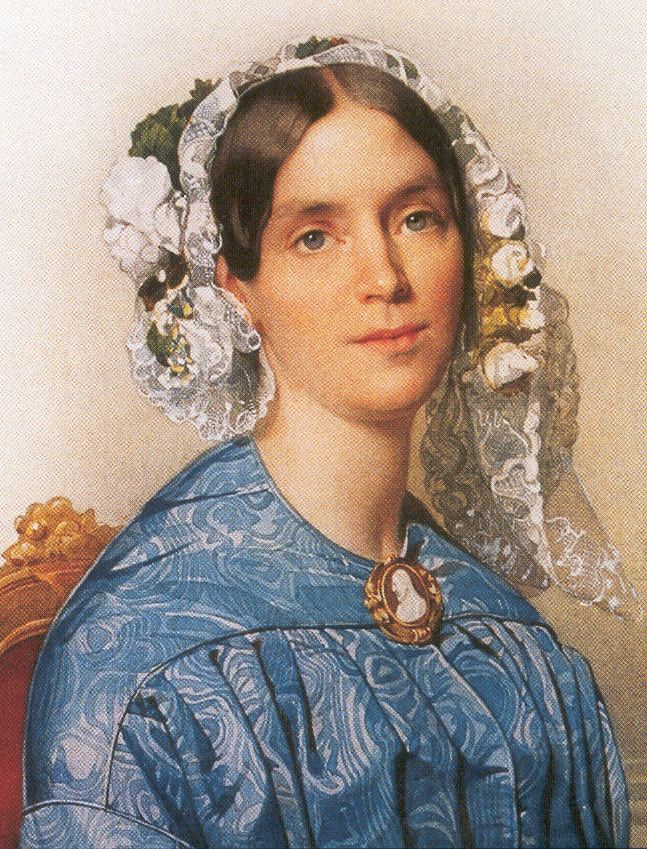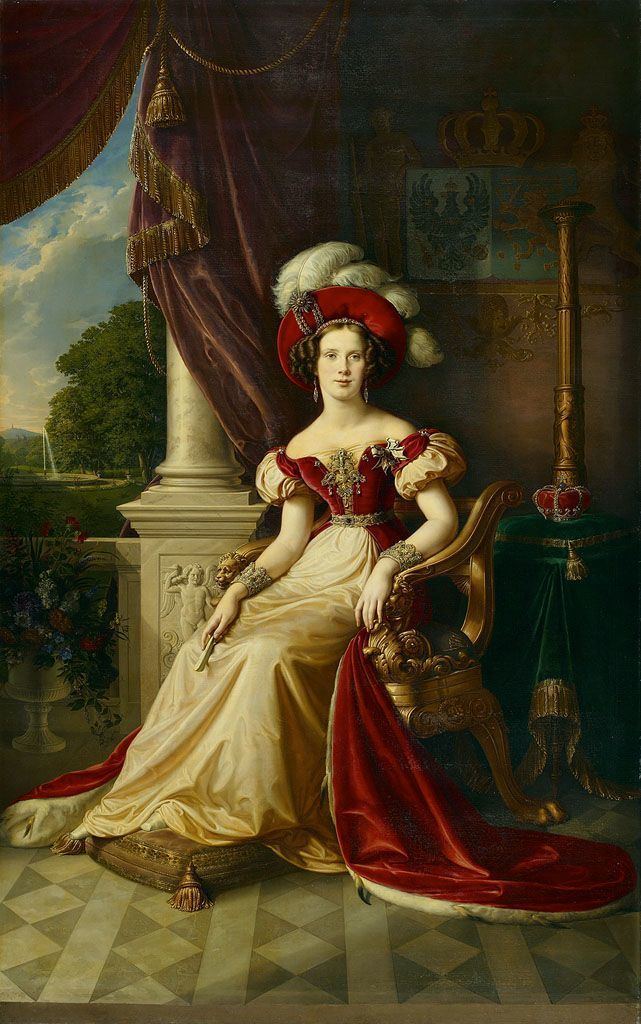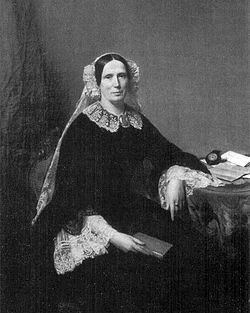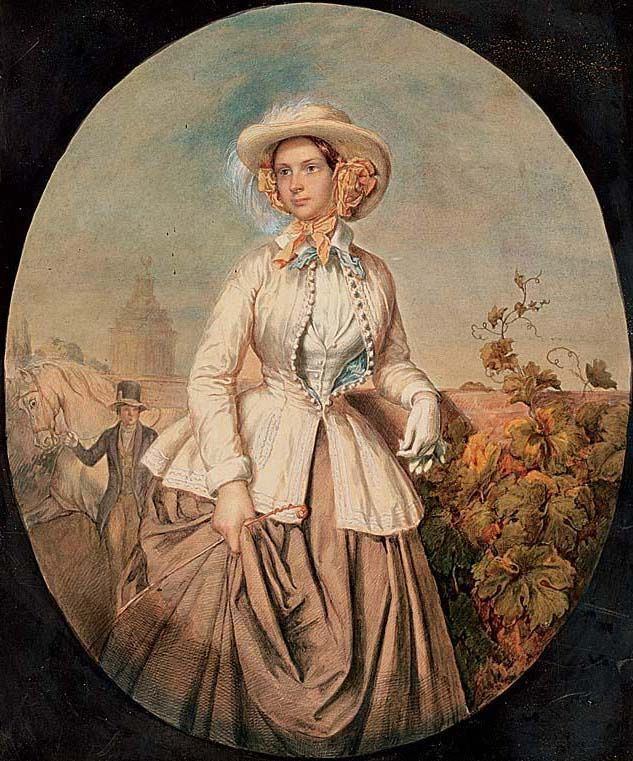Mother Wilhelmine of Prussia Religion Calvinism | Name Princess of | |
 | ||
Born 9 May 1810Berlin ( 1810-05-09 ) Issue Charlotte, Hereditary Princess of Saxe-MeiningenPrince AlbertPrincess ElizabethAlexandrine, Duchess William of Mecklenburg-SchwerinJohannes Wilhelm von Reinhartshausen (illegitimate) Children Prince Albert of Prussia, Princess Charlotte Frederica of Prussia, Princess Alexandrine of Prussia Parents William I of the Netherlands, Wilhelmine of Prussia, Queen of the Netherlands Similar People Wilhelmine of Prussia - Queen of, William I of the Netherlands, Prince Frederick of the Net, Johannes van Rossum, William V - Prince of Orange | ||
An Afternoon with Princess Marianne of the Netherlands in Voorburg, The Netherlands
Princess Marianne of the Netherlands, Princess of Orange-Nassau (Wilhelmina Frederika Louise Charlotte Marianne; 9 May 1810 – 29 May 1883), was a member of the House of Orange-Nassau.
Contents
- An Afternoon with Princess Marianne of the Netherlands in Voorburg The Netherlands
- Family
- Life
- References
Family

Born in Berlin, she was the youngest child and second daughter of King William I of the Netherlands by his wife Wilhelmine of Prussia. Her elder sister, Pauline, had died in 1806, long before her birth, so Marianne became the only daughter of her parents to survive adulthood. Her two older brothers were the future King William II and Prince Frederik of the Netherlands. Two other brothers were stillborn.
Life

In The Hague on 14 September 1830, Marianne married her first cousin Prince Albert, the fourth son of her mother's brother, King Frederick William III of Prussia. The union produced five children:
In 1845 she left her unfaithful husband and began to live with her lover and former coachman Johannes van Rossum. On 28 March 1849, Marianne and Albert of Prussia were formally divorced. Seven months later (30 October) in Cefalù, Sicily, she gave birth to her only child with van Rossum, a son, called Johannes Willem van Reinhartshausen. After this, the courts of The Hague and Berlin broke all contact with her. Marianne, Johannes and their son spent the following years in Italy and from 1853 at Weißwasser Castle near Jauernig.

In 1855 Marianne bought Schloss Reinhartshausen in Erbach, Rheingau. An unusually progressive woman and cultural visionary, she made the Schloss Reinhartshausen a cultural center of the Rhine. Marianne reconstructed part of the Schloss as a museum to house her collection of 600 paintings. The museum is known today as the Festsäle. The Schloss was always vibrant with many guests and Marianne encouraged young artists providing them accommodation. Of her treasures, 180 paintings, 110 drawings including watercolors and gouaches, as well as various sculptures can be found there today.
On Christmas Day of 1861, her son Johannes Wilhelm died of pneumonia in Reinhartshausen at age twelve. To honor him, Marianne donated 60.000 Gulden to the Erbacher locals for a piece of land on which a church was to be constructed. The church was completed and Johannes buried under its altar. The church, named after Johannes, is today’s Protestant church in Erbach.
Twelve years later, on 10 May 1873, Johannes van Rossum, Marianne's partner for almost thirty years and the love of her life, died aged sixty-four. He was buried next to his son.
Marianne survived him by ten years and died in the Schloss Reinhartshausen in Erbach twenty days after her seventy-third birthday. She was buried near Johannes van Rossum and their son.
Her eldest son, Prince Albert of Prussia, inherited her estate, included the Schloss Reinhartshausen. In 1940, her grandson, Prince Frederick Heinrich of Prussia -Albert's son- owned the property. Today the Schloss Reinhartshausen is a 5-stars hotel.
